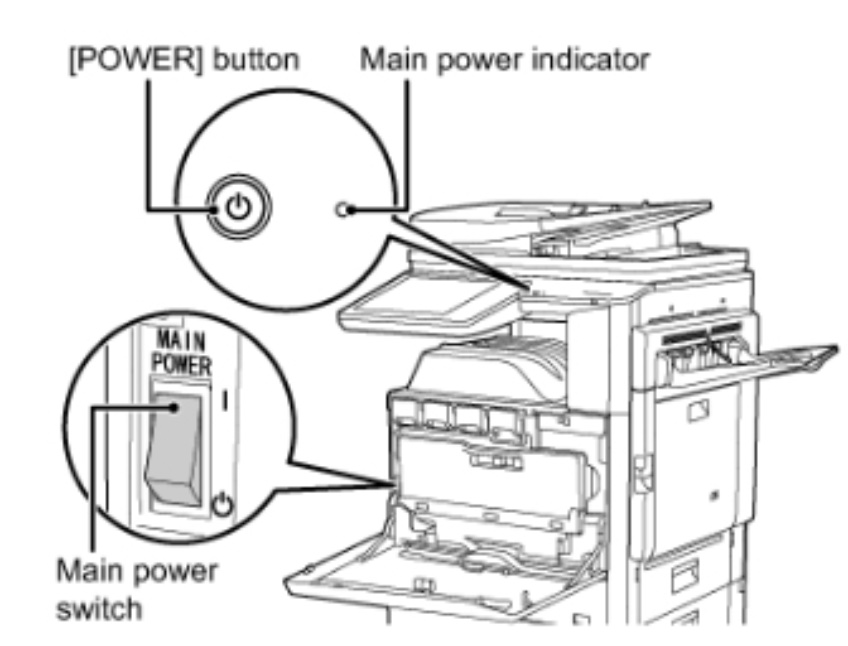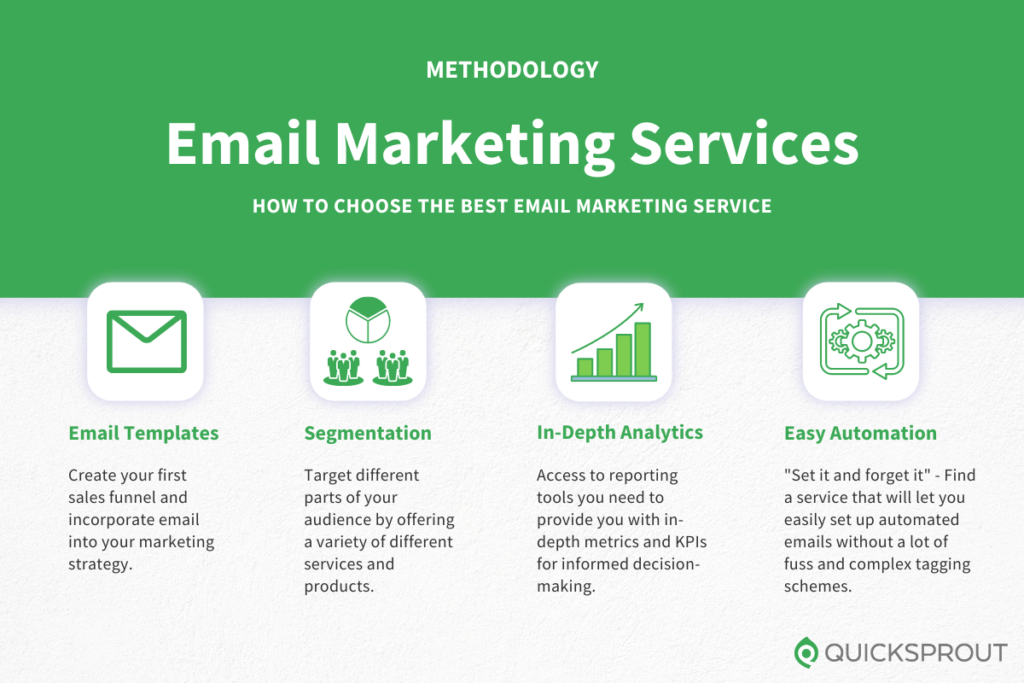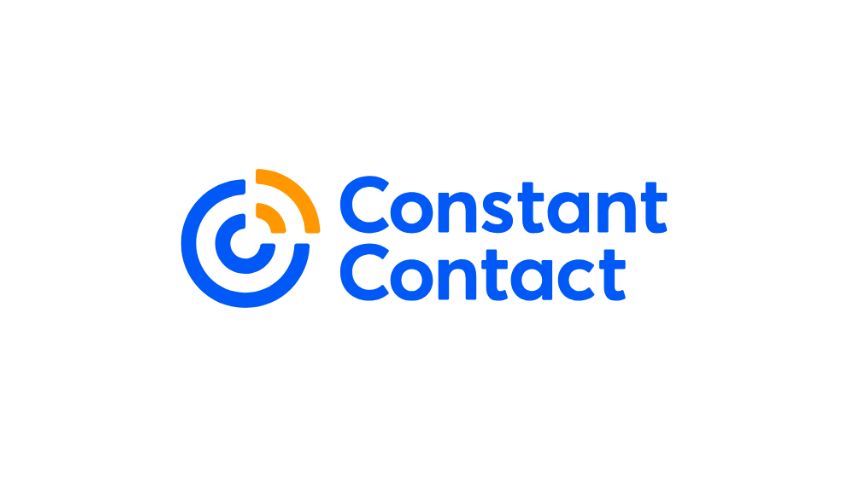Need to send a fax and not sure where to start? We’ve got you covered in six simple steps.
Step 1: Prepare Your Fax
Obtain a paper printout of the document or set of documents you’d like to send. Ensure that all writing and graphics, whether printed or handwritten, are clearly legible. Any inconsistencies in your original copy will also affect the faxed copy.
Keep in mind that faxed copies typically only render in black and white, so any ink or graphics that feature colors—particularly red, yellow, or pink—may not show up in the faxed printout.
Step 2: Turn On the Fax Machine
Verify the fax number of your recipient, noting any external or international prefix codes required for landline dialing. Ensure that the machine is switched on and connected, usually indicated by a lighted control panel on its face.
To power up, locate the machine’s main button or switch—usually located on the left-hand lower panel of industrial fax/copy print machines and on the back of desktop units.

Step 3: Place Document in Feed Tray
Place your entire document into the top paper feed tray. Make sure pages are in the proper front-to-back order, beginning with a cover page that details important information such as:
- Your company information
- Your direct contact information
- The recipient’s name and fax number
- The total number of pages
- The send date
- A short message detailing any additional or specific instructions
Continue reading







